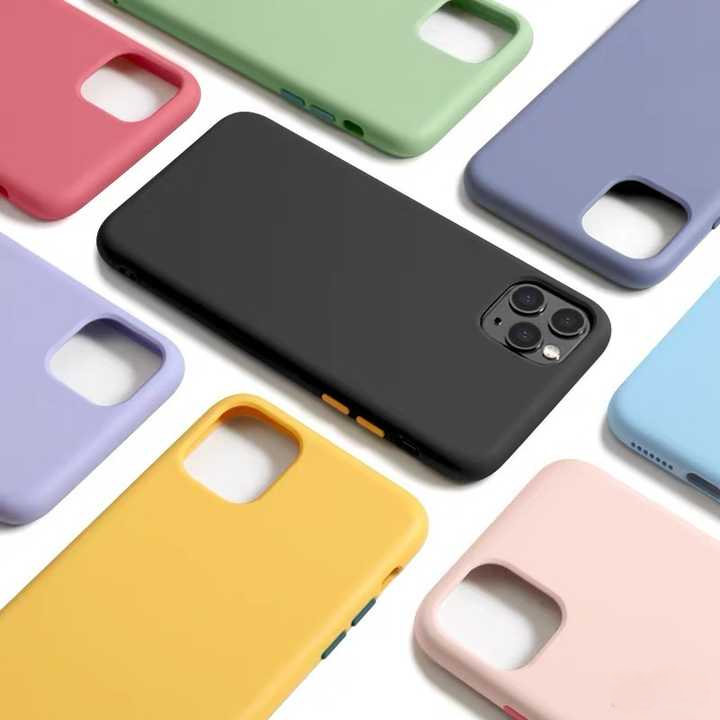The demand for high-quality cleaning solutions has skyrocketed, with consumers seeking efficient and reliable alternatives to traditional cleaning methods. Robot vacuums and floor scrubbers/washers have become essential tools in modern households. However, as these devices become more advanced, challenges such as damage to cleaning components, like the scraper blades or scraping strips, have emerged. These issues not only affect cleaning efficiency but also lead to higher maintenance costs and frequent part replacements.
Addressing the Root Cause of Scraper Blade or Scraping Strip Issues
One common issue with robot vacuums and floor scrubbers is the wear and tear of scraper blades, which can result in scratches on floors and even equipment malfunction. Several factors contribute to this problem:
1. Wear and Aging: Over time, scraper blades lose their elasticity and effectiveness, causing them to leave marks on floors.
2. Improper Installation: Misalignment or loose screws can lead to inconsistent contact between the blade and the floor, exacerbating the problem.
3. Material Quality: The material used in scraper blades or scraping strips plays a pivotal role in their performance and longevity.
Classification of Squeegee Blades or Scraping Strips for Robot Vacuums by Manufacturing Process and Material
Squeegee blades or scraping strips play a critical role in ensuring the cleaning efficiency of robot vacuums. They are classified based on manufacturing process and material composition, each offering distinct performance characteristics suited for various cleaning conditions.
1. Injection-molded squeegee Blades/Scraping Strips
Material: TPE (Thermoplastic Elastomer) or Silicone
Key Features:
Excellent flexibility for tight floor contact, High wear resistance,ensuring longer service life.Superior cleaning efficiency for dust and debris removal.
Best Suited For: High-performance robot vacuums requiring precision cleaning.
2. Extrusion-molded Squeegee Blades/Scraping Strips
Material: PVC (Polyvinyl Chloride) or Rubber
Key Features: Cost-effective with high production efficiency, Moderate flexibility and durability.Suitable for large-scale manufacturing.
Best Suited For: Budget-friendly robot vacuums and mass-produced models.
3. Compression-molded squeegee Blades/Scraping Strips
Material: Natural Rubber or Synthetic Rubber
Key Features:Exceptional durability and elasticity for long-term performance.High resistance to wear and tear, ideal for heavy-duty use.
Best Suited For: High-end robot vacuums and professional cleaning machines.
4. Composite Squeegee Blades/Scraping Strips
Material: Rubber combined with fiber-reinforced materials
Key Features:Enhanced wear and corrosion resistance, Balanced performance across multiple surfaces, Optimized flexibility and rigidity for efficient cleaning.
Best Suited For: Versatile robot vacuums adapting to various floor types.
...
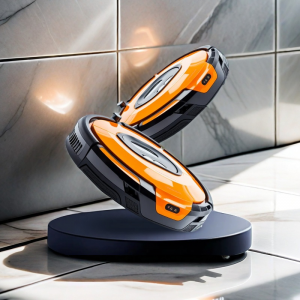
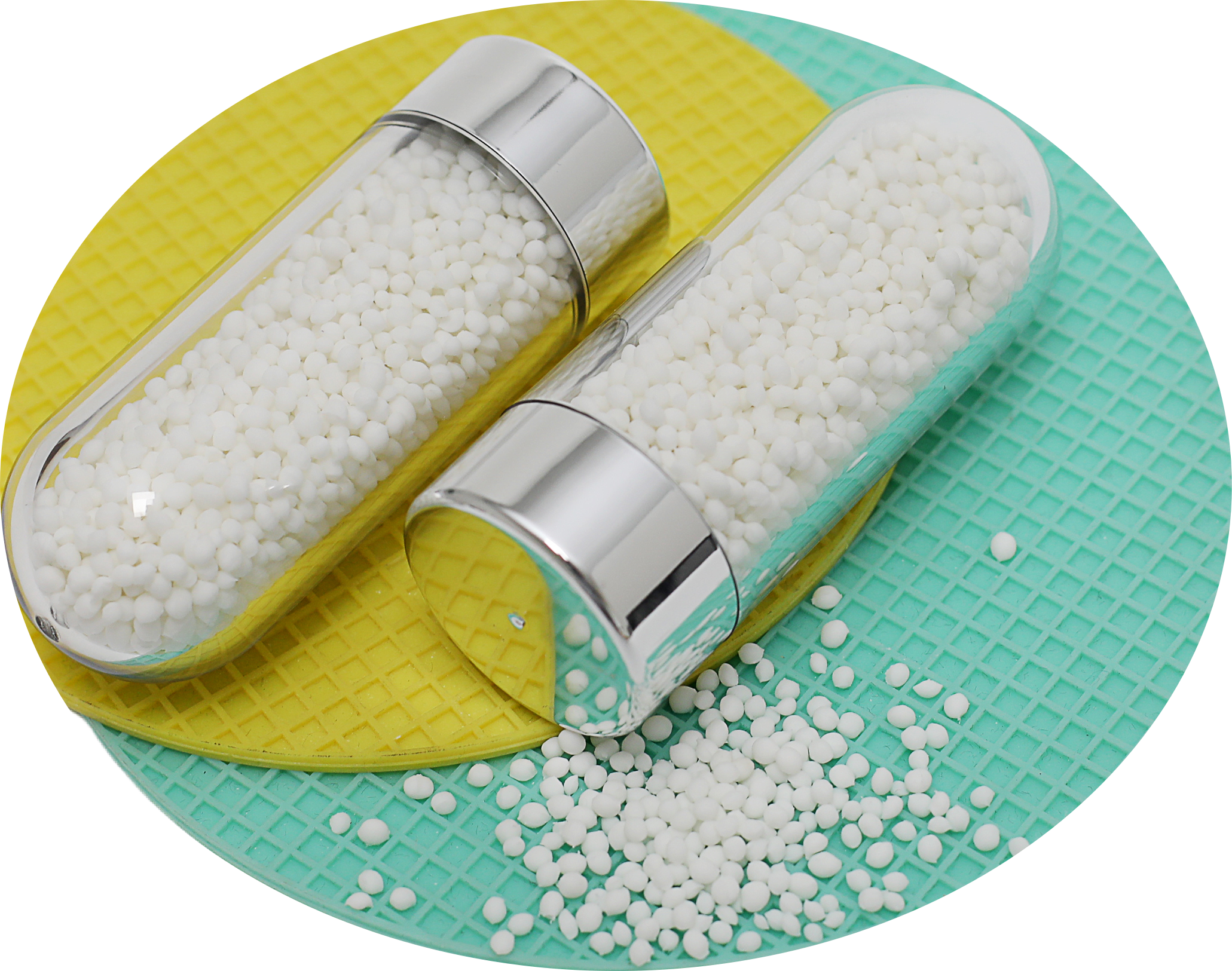
What Innovative Material is Used for Sweeping Robot Scrapers?
Modified Silicone Elastomers, specifically Dynamic vulcanizate thermoplastic silicone-based elastomer (Si-TPV), is the ideal solution to optimize your floor cleaning devices, offering lasting performance for a greener future.
Enter Dirt-Resistant Thermoplastic Vulcanizate Elastomers Innovations: Si-TPV 3520-45A, a dynamic vulcanized thermoplastic elastomer, offers significant advantages when used in scraper or scraping strip blades for robot vacuums and floor scrubbers/washers:
1. Eco-Friendly and Odorless: Made without plasticizers, Non-Sticky Thermoplastic Elastomer Si-TPV 3520-45A provides a safe, non-toxic alternative that eliminates unpleasant smells, aligning with consumer demand for environmentally conscious products.
2. Noise Reduction: Plasticizer-Free Elastomers Si-TPV optimized friction properties result in quieter operation, enhancing user comfort.
3. Stain Resistance & Easy Cleaning: Unlike traditional rubber or PVC, Softness And Flexibility Of Elastomers Si-TPV 3520-45A resists dirt buildup and is easier to clean, maintaining a pristine appearance and prolonging product life.
4. Temperature Resilience: Whether exposed to extreme cold or heat, Sustainable Elastomeric Materials Si-TPV 3520-45A remains flexible and durable, preventing cracking or brittleness—ideal for the rigorous demands of floor cleaning.
5. Increased Durability: Eco-Friendly Elastomeric Materials Compounds Si-TPV’s superior abrasion resistance means longer-lasting blades and less frequent replacements, resulting in lower maintenance costs and improved operational efficiency.
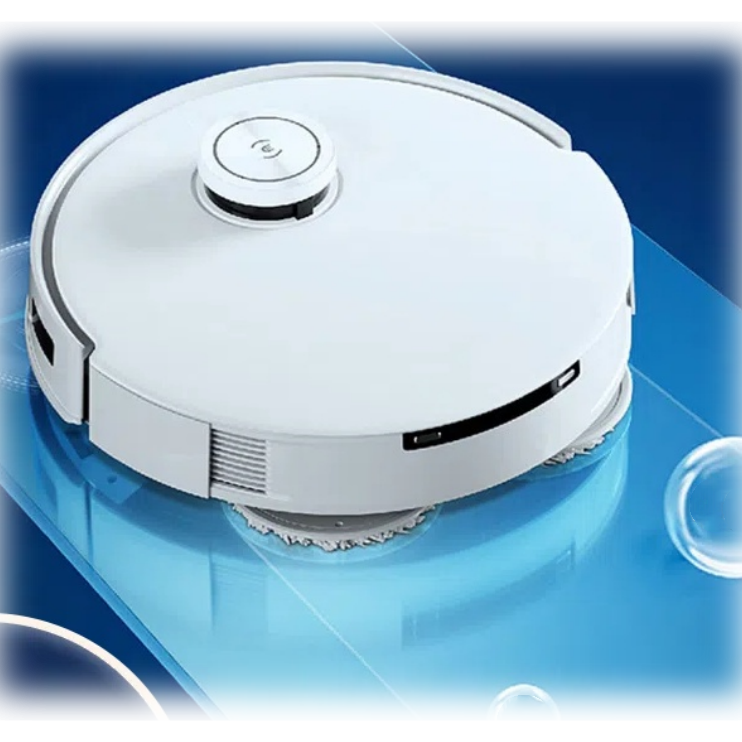
For manufacturers of robot vacuums and floor scrubbers/washers, incorporating Environmentally Friendly Thermoplastic Elastomers Si-TPV into scraper blades or scraping strips offer tangible benefits that directly address common industry pain points. By choosing this material, manufacturers can deliver products that are not only high-performance but also cost-effective in the long term.
Discover how to enhance the performance and durability of floor cleaning devices using sustainable modified silicone thermoplastic elastomer. please visit www.si-tpv.com or reach out to Amy Wang at amy.wang@silike.cn.









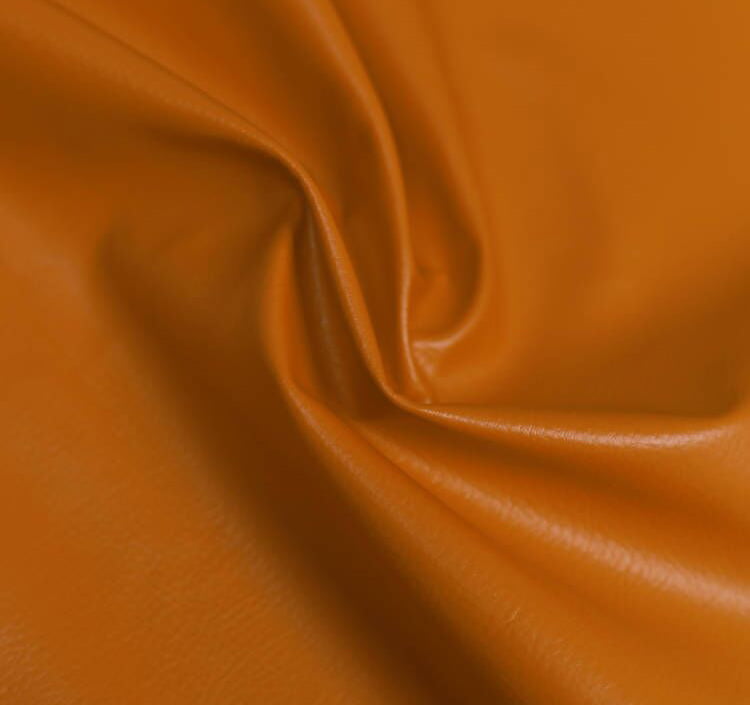



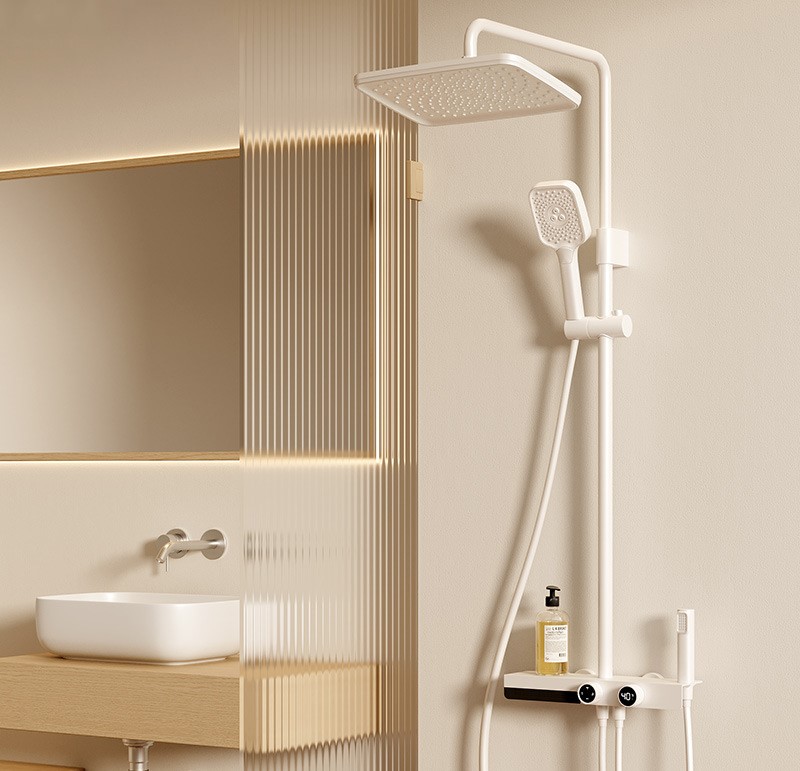

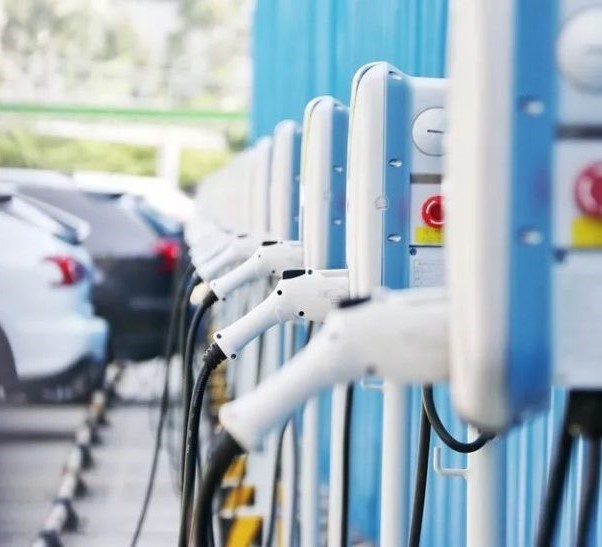
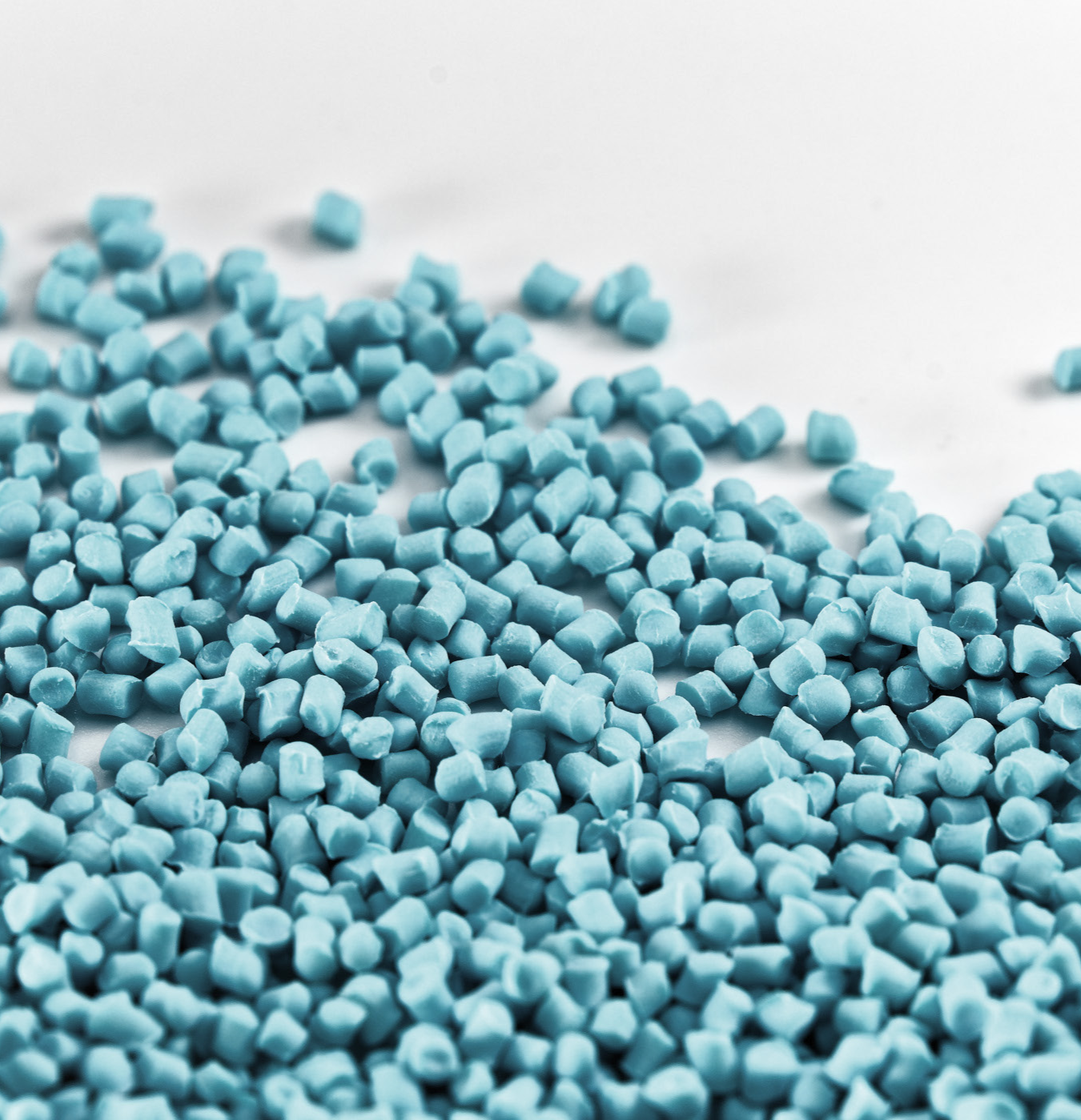
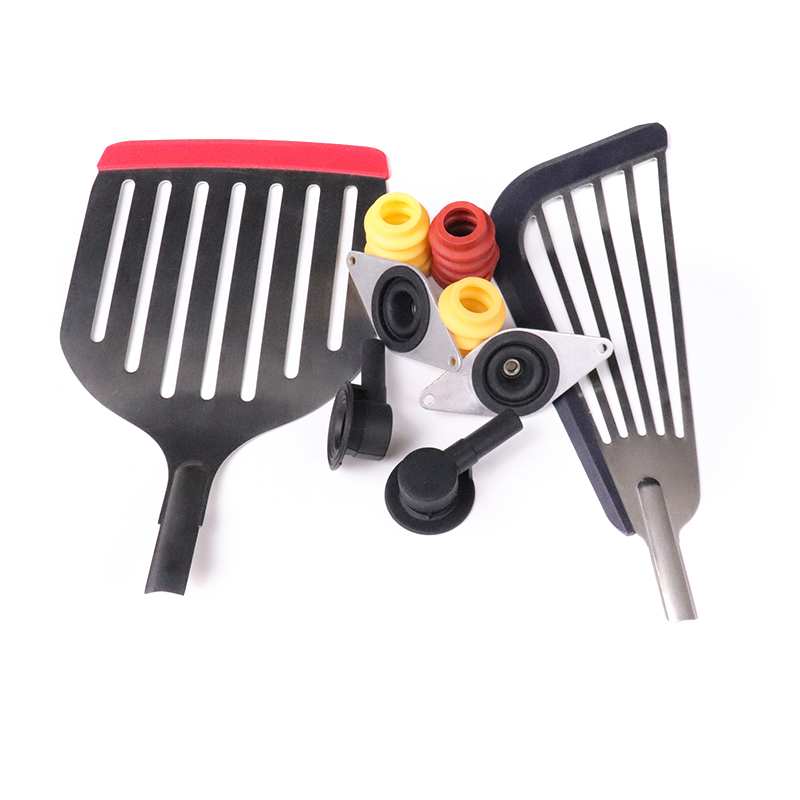

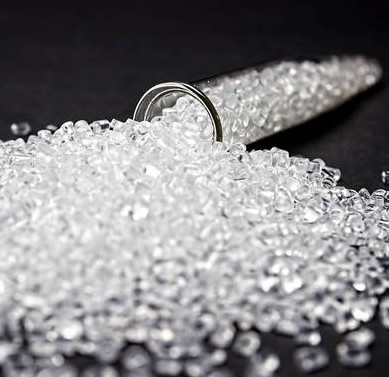

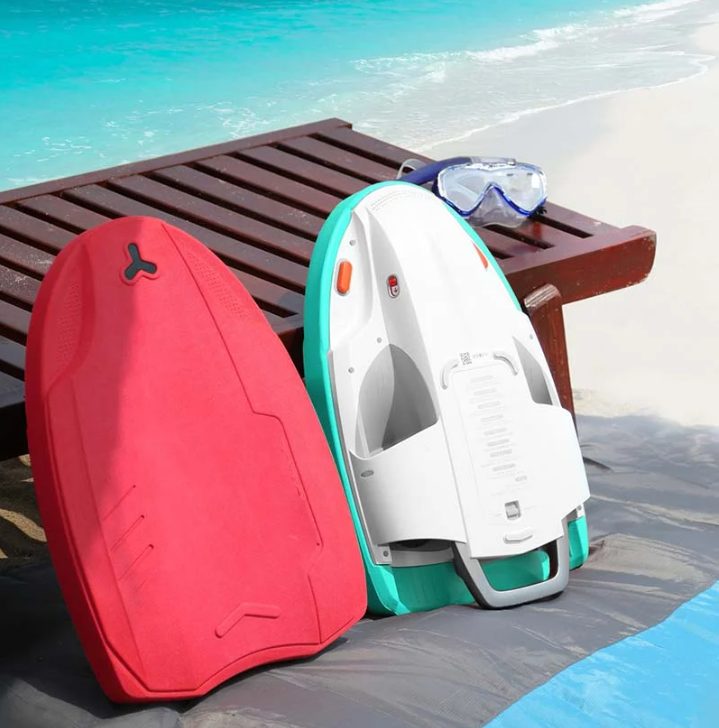
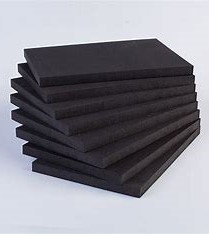

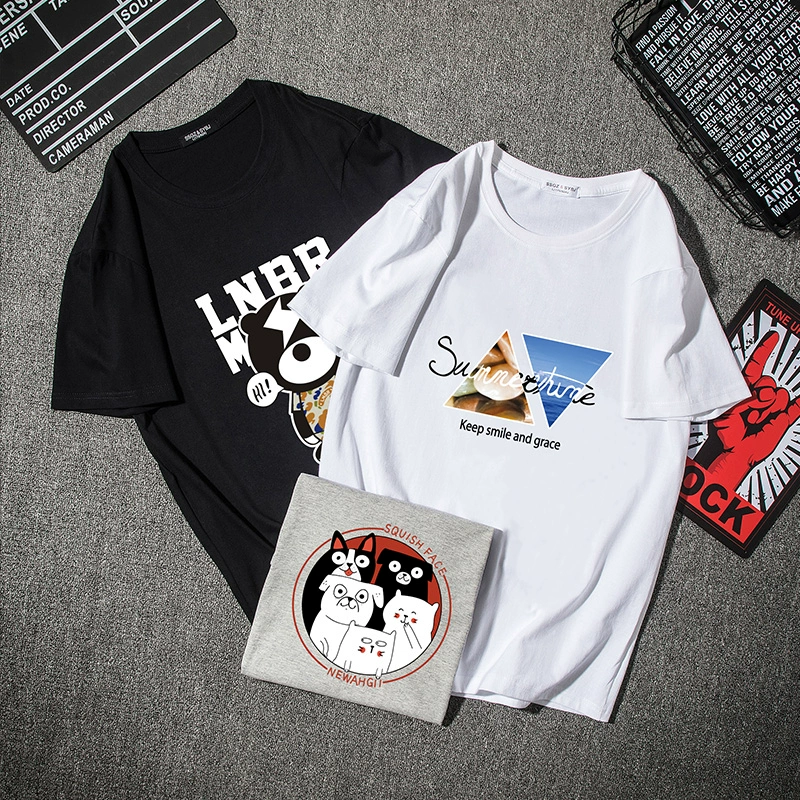
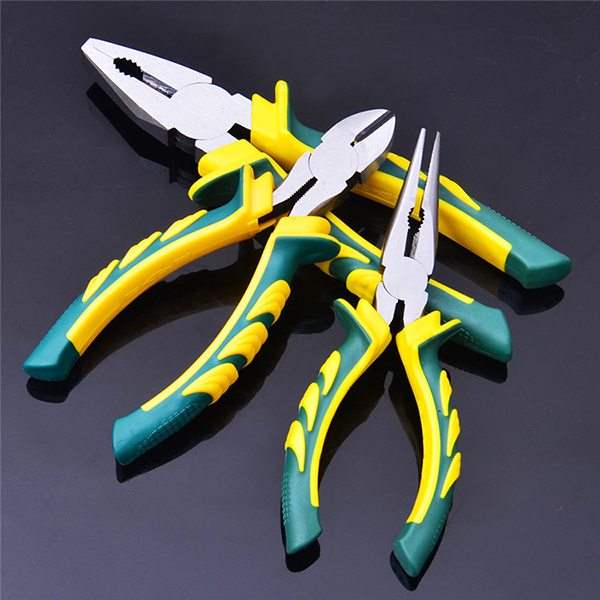
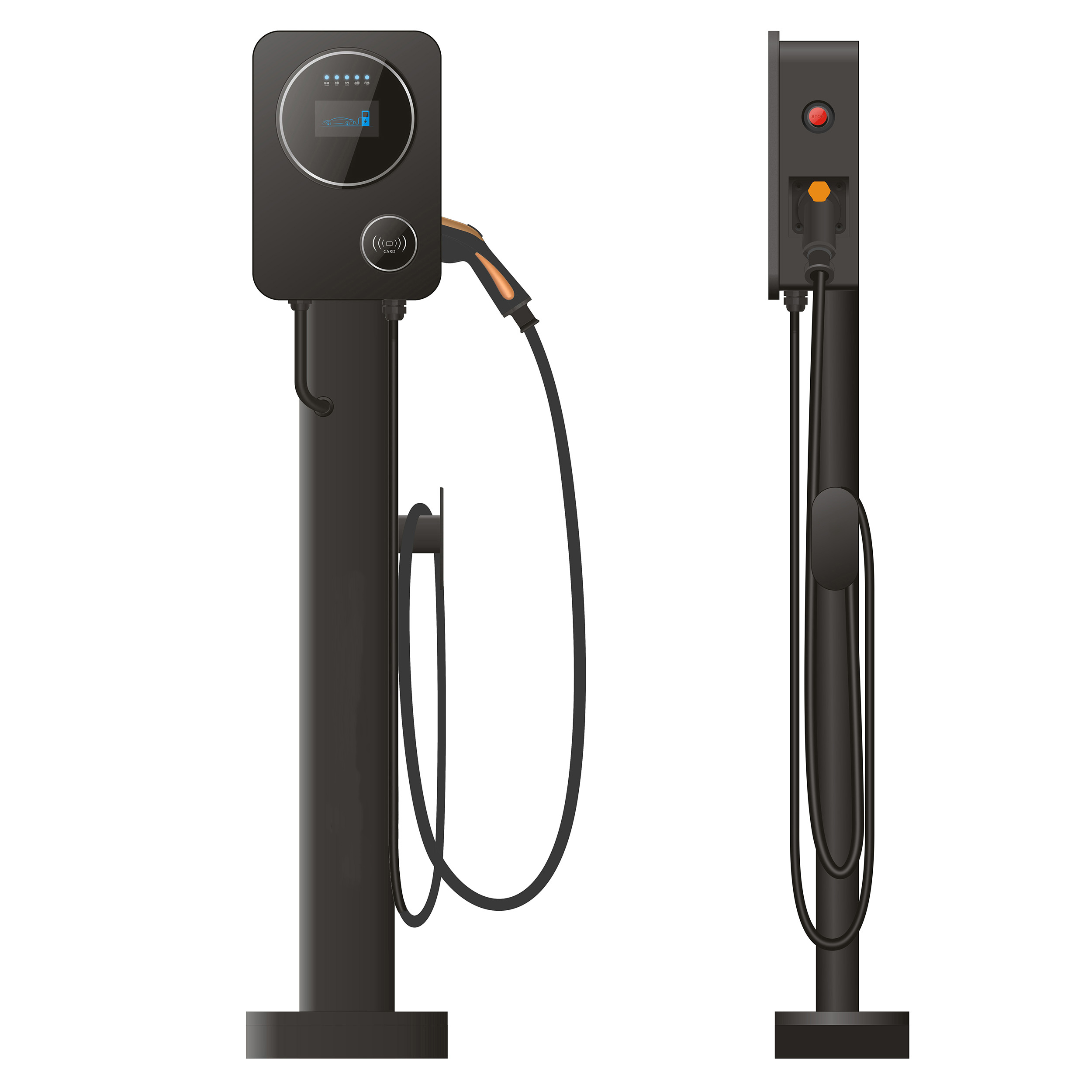
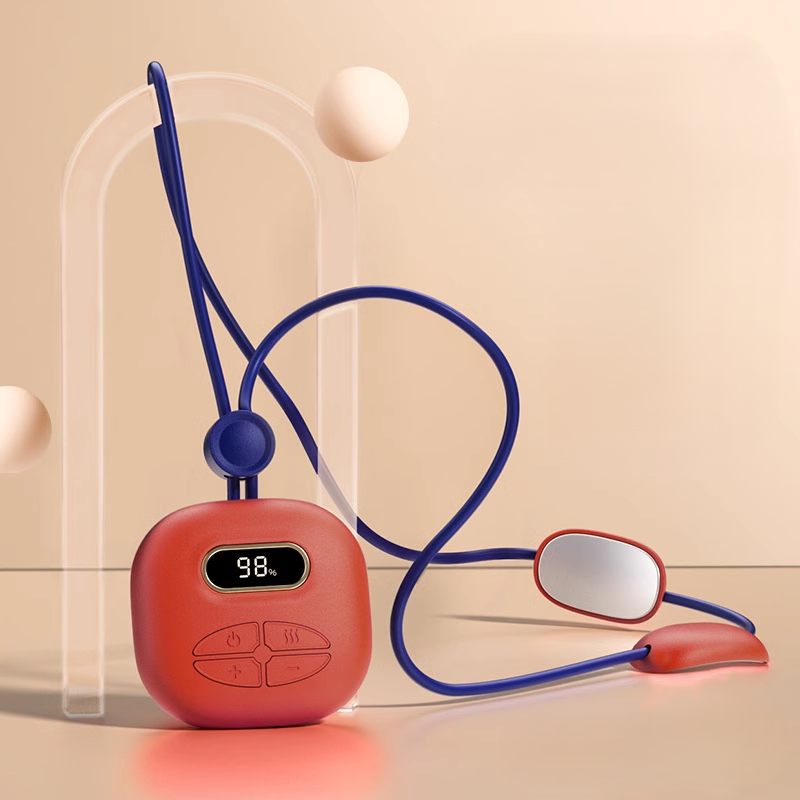













3.jpg)




